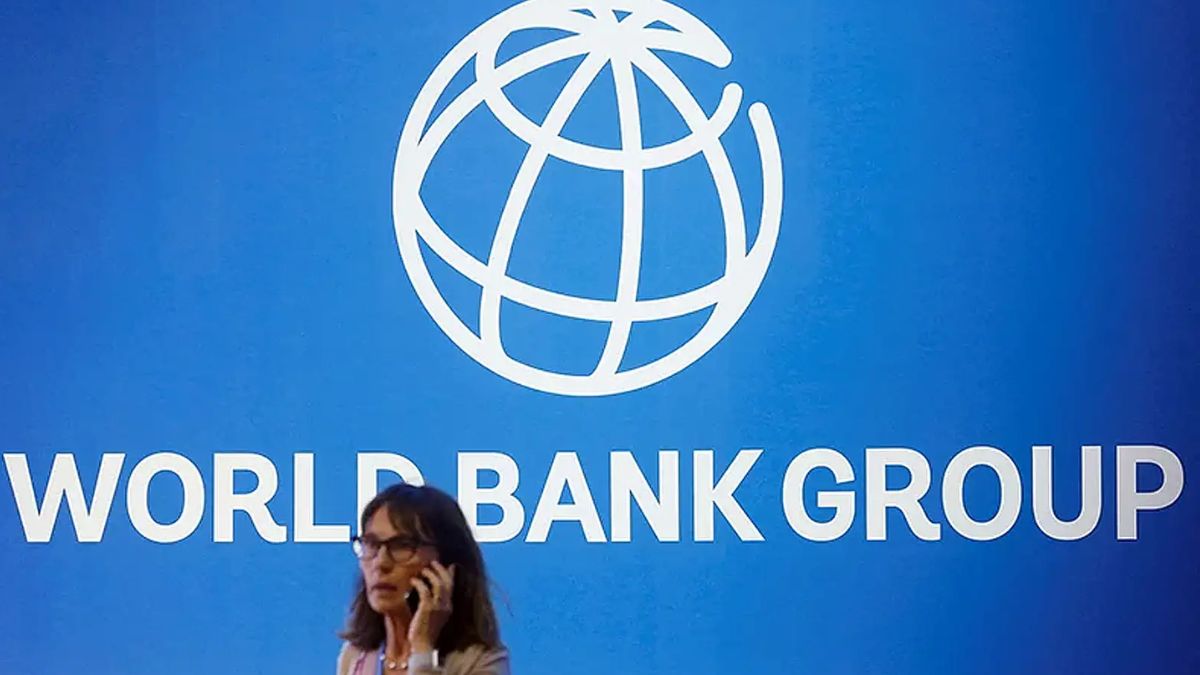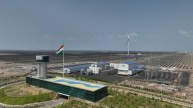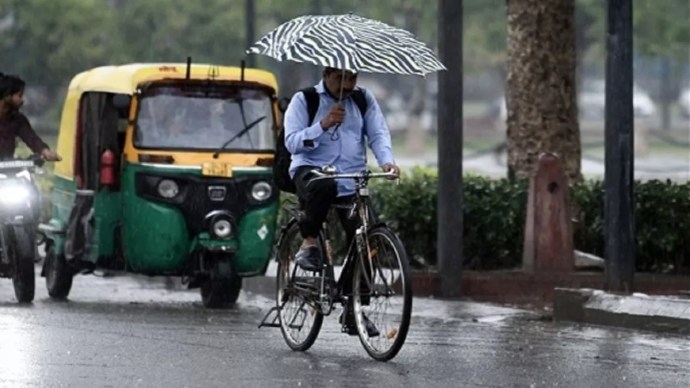The World Bank on Friday said India will need to grow by 7.8% on average over the next 22 years to achieve the country’s aspirations of becoming a developed country by 2047.
A new World Bank report released on Friday finds that this target of India is possible. Recognizing India’s fast-paced growth averaging 6.3% between 2000 and 2024, the report notes that India’s past achievements provide the foundation for its future ambitions.
Getting there however would require reforms and their implementation to be as ambitious as the target itself, the World Bank said in a statement, soon after unveiling the report. “Lessons from countries like Chile, Korea and Poland show how they have successfully made the transition from middle- to high-income countries by deepening their integration into the global economy,” said Auguste Tano Kouame, World Bank Country Director.
“India can chart its own path by stepping up the pace of reforms and building on its past achievements,” he added. The report evaluates three scenarios for India’s growth trajectory over the next 22 years.
The scenario which enables India to reach high-income status in a generation, requires: achieving faster and inclusive growth across states; increasing total investment from current 33.5% of GDP to 40% (both in real terms) by 2035; increasing overall labour force participation from 56.4% to above 65%; and accelerating overall productivity growth.
What Else Did The World Bank Said?
“India can take advantage of its demographic dividend by investing in human capital, creating enabling conditions for more and better jobs and raising female labour force participation rates from 35.6% to 50% by 2047,” said Emilia Skrok and Rangeet Ghosh, co-authors of the report.
In the past three fiscal years, India has accelerated its average growth rate to 7.2%. In order to maintain this and attain an average growth rate of 7.8% (in real terms) over the next two decades, the World Bank report recommends four critical areas for policy action: increasing investment; fostering an environment to create more and better jobs; promoting structural transformation, trade participation and technology adoption; and enabling states to grow faster and together.
Furthermore, in 2025-26, the Indian economy is projected to grow between 6.3% and 6.8%, as noted in the Economic Survey presented on January 31.
The survey document highlights that the country’s economic fundamentals remain strong, supported by a stable external account, fiscal consolidation, and private consumption.
India’s GDP grew by an impressive 8.2% during the financial year 2023-24 and continued to be the fastest-growing major economy. The economy grew by 7.2% in 2022-23 and 8.7% in 2021-22. The government expects 6.4% growth for the current fiscal.
ALSO READ: US Economic Slowdown And Trade War Concerns Weigh On IT Stocks: TCS, Infosys See 4-6% Drop












